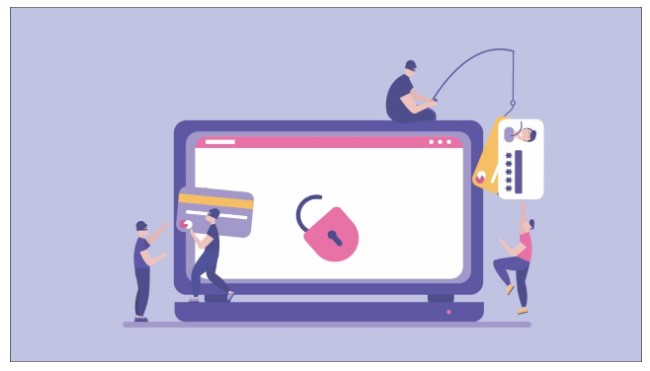In the aftermath of the 2015-2016 crisis, the number of Brazilians in default surpassed the unprecedented mark of 60 million, according to studies carried out by the credit bureaus. A negative credit rating is just the manifestation of a symptom: it indicates that the financial health of the person who has been denied credit is compromised. As an instrument of the credit market, it helps, on the one hand, to mitigate the risk of new concessions; on the other, it prevents the worsening of the financial situation of already insolvent consumers, preventing over-indebtedness.
Data from Central Bank have been drawing attention to the fact that, at the moment, bank defaults are at historically low levels. Only 3.1% of the entire balance of credit intended for legal entities is more than 90 days overdue.
The most recent data from the credit bureau sector corroborates that of the Central Bank: in August 2020, according to studies by the sector of credit protection companies, the number of negative consumers fell by 1.5% compared to the same month of the previous year.
In short, we are going through a historic crisis with defaults under control. Measures to renegotiate debts, encouraged at the beginning of the pandemic, the payment of emergency aid, as well as the credit/aid lines created by the government, help to explain the containment of arrears. The big question is what the "day after" will be like.
A look at the past can shed some light on the future. But where can you find something like with this atypical 2020? An article by Prasanna Dhore, a respected executive in the credit analysis sector, drew parallels with the situation of the pandemic from the experience of some natural disasters.
One event in particular stands out. In 2017, after Hurricane Harvey hit the state of Texas in the United States, the default rate was lower than expected in the baseline scenario, which is explained by the loans released as a result of the disaster. And a year after the event, the default rate reached a higher level than expected.
The pandemic has lasted much longer than a hurricane. We are approaching the one-year mark since the first news of the virus broke, with still no clarity on when life will return to normal and how quickly it will resume. We know that the economic flow will resume in different ways and at different speeds depending on the sector. In addition, the indebtedness of governments could limit their ability to respond to a possible second wave, as is already happening in some parts of Europe, opening up space for defaults to grow.
Given this scenario, the possibility of a spike in defaults deserves special attention. In the report "World Economic Outlook", the International Monetary Fund warns of the growing risk of bankruptcies among small and medium-sized enterprises - a group which, in addition to containing sectors most exposed to the distancing measures, has limited access to credit. According to the agency, additional government measures will have to be taken to preserve companies and jobs.
In this regard, the note released by Economic Policy SecretariatThe company, which believes it is necessary to strengthen the credit channel in 2021 in a sustainable way. With public accounts at their limit, the idea is to improve the efficiency of guarantees and reduce bureaucratic obstacles, and always use credit analysis to make it sustainable.
Next year's economic reality could be even better than expected due to the large number of vaccine proposals and some in the final stages of approval. Let's hope so!
Thanks for reading! Access other content at ANBC website.
By: Elias Sfeir President of ANBC & Member of the Climate Council of the City of São Paulo & Certified Advisor




